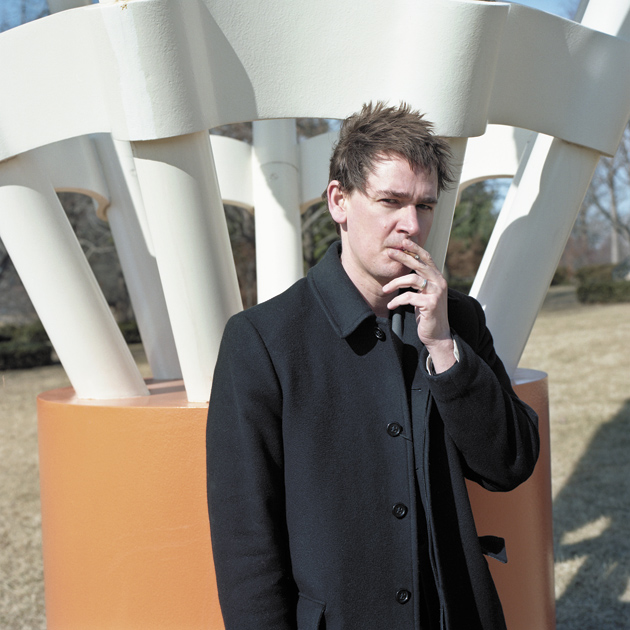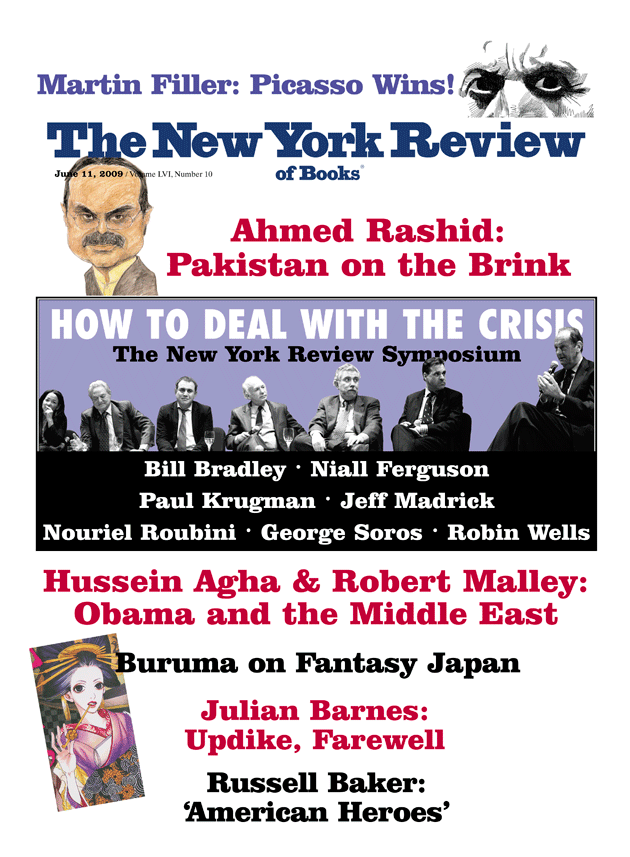How to Sell is the kind of novel that leaves you feeling both a lot smarter and a lot dumber. Sure, you may know that if your brand-new two-tone ladies’ Rolex has suddenly stopped running, you probably just left it on the counter long enough to thwart the automatic winding mechanism, or that wiping a platinum Patek Philippe with a diamond cloth can scratch the soft metal. But did you know that a watch should always be displayed for sale with the hands set at ten and two? Or that a passing cloud can change the light of a room enough to chase a fatal flaw back inside a diamond? Or that if you are trying to impress your schizophrenic but still discerning father, you probably don’t want to show up for dinner wearing a quarter- ounce Chinese panda pinkie ring?
Such are the kind of useful lessons tossed into Clancy Martin’s darkly bewitching first novel like the marketer’s proverbial free gift. On the simplest level, How to Sell is the story of a sixteen-year-old high school dropout named Bobby Clark who moves from Calgary to Texas to apprentice in the fine jewelry business with his smooth-talking older brother, losing his innocence and making a lot of money along the way. But beyond the Kitchen Confidential –style revelations, it’s also about the stubbornly untransactional nature of love, and the difficulty we have in fully closing the deal. “You should hear all the love stories they tell me in this place,” a dealer confides in Bobby when he pawns his mother’s wedding ring to “buy back” the girlfriend who has left him for a grocery clerk. “A pawn shop is the place to learn about love.”
Bobby is a guileless thief and a natural-born storyteller—he’s pre-con the way other kids are pre-med. A few pages after stealing his mother’s ring from the window sill, he’s pinching family silver at late-night drinking parties and getting kicked out of school for fencing a case of stolen class rings. “But they aren’t even worth anything,” he protests. “You cannot expel me because of some fake rings.” If his choice of career seems overdetermined, well, it is. How to Sell is a dirty, sexy, fast-moving, and often very funny heist caper, only here the criminals are running the store.
The store in question is Fort Worth Deluxe Diamond Exchange in Texas. It’s 1987, and the place feels like Studio 54 with brighter lighting, cheesier music, and slightly inferior drugs. “They have the free market down here,” Bobby’s brother Jim tells him. “You are in a real country now.” Bobby’s first job is winding and setting the watches (always at ten and two), but the exotic cast of characters is soon schooling him in how to sell diamonds, Rolexes, and belief. “Don’t take responsibility for other people’s beliefs, whatever you say to them,” Jim tells him. “For one thing, it’s presumptuous.” (From his lips to Bernie Madoff’s ear.) It can be hard to keep track of whether Bobby is selling a fake Swiss watch with real papers in a counterfeit Taiwanese box, or a real one that actually belongs to an unsuspecting customer who just dropped it off for cleaning, but the sale always comes tied with an elaborately knotted and bowed story.
After his first sale, Bobby starts sleeping with Jim’s girlfriend, a saleswoman named Lisa with a taste for storeroom sex and crystal meth. (“Crank makes you smarter,” she explains. “Even Einstein did crank. Not to mention Jack Kerouac.”) But the affair seems mostly a matter of trying on another of his brother’s outfits to see how it fits. While there’s plenty of easy sex in How to Sell, the novel is more concerned with the uneasy rivalry and romance between brother and brother, father and son.
Bobby keeps a photograph of his father from his days in Srinagar taped inside a copy of Jonathan Livingston Seagull. The man himself—a well-born former Olympic hockey goalie (if we believe Bobby) who now commutes between various New Age gigs and the mental hospital—shows up periodically to offer cracked wisdom and complicate the brothers’ easy embrace of sex, drugs, and bling. He also gets some of the novel’s meaner and funnier lines. “Your mother is what is technically called frigid,” he tells the boys. “That’s not an insult, it’s a scientific term. It is not her fault. It’s your grandmother. That bitch.”
In the second half of the book, Jim and Bobby have their own shop, Clark’s Precious Jewels. Bobby is ten years older, married with a baby, but his emotional life still revolves around his brother and his brother’s women. He’s still secretly sleeping with Lisa, who has reappeared (a bit too conveniently) as a prostitute. He’s also semisecretly sleeping with another of Jim’s old flames, a saleswoman nicknamed the Polack with a laugh “like a dog’s bark” and a menacing, angular beauty:
Advertisement
There was something about her that reminded you of a wide, shadowy desert. She had a thick eastern European brow and greasy lips. There were hail dents on the roof and the hood of her big green Mercedes.
That appraisal may seem jarring, but the jewelry business as described by Martin has all the oily glamour of auto-body repair. Behind the showroom are benches or men with grimy aprons and blowtorches, and strange machines that can steam the grime off a diamond or annihilate it in a second. The gold dust gets swept up every month and sent to the smelter. And things really aren’t that much cleaner in the front of the house. When we hear about the Polack’s habit of sticking her tongue into an envelope of diamond melee (as tiny round stones are known in the trade) and hiding some inside her cheek, it feels as dirty, and as druggy, as anything that happens in bed.
The women are good for sex, but for big ideas, it seems, you need the men. And while Jim talks some good salesman juju (“This business is about building relationships, Bobby. Relationships of trust…. We have to trust them to treat our expertise with respect”), it’s left to a parade of surrogate father figures to try and sound some deeper notes. An old Israeli diamond wholesaler named Kizakov talks Spinoza and shows Bobby how to find the flaws winking from inside the most dazzling stone. And a secondhand Swiss watch dealer named Granddad teaches him the “twenty-two logical fallacies” and “many other tricks of…rationality,” along with the importance of considering the “karmic implications” of his actions. Granddad lost his parents to pirates and was raised by Basques (if we believe that Bobby believes Granddad), and then “studied phenomenology with the students of Husserl, the big boys, at Leuven.” Even the names of the exotic watches he sells—Ulysse Nardins, Vacheron Constantins, Franck Mullers—sound like unpublished Continental philosophers.
At times the philosophical name-dropping can feel like a come on, inserted as much for easy flash as some of the more spit-polished aphorisms. (“A dollar has romance,” Granddad tells Bobby. “But a credit card can fuck.”) But Martin, who teaches philosophy at the University of Missouri and used to work in the jewelry business, finds the soft center at the heart of his gleefully hard-boiled story of Bobby’s own years running with the big boys. Like the diamond Kizakov shows him, Bobby has a hidden flaw: a conscience, or maybe just a heart. In the end, he stops buying his own pitch.
“A watch puts you in the middle of the stuff of ordinary being,” explains Granddad, who wears his stainless steel Patek Philippe with the head against the inside of his wrist, the way Bobby’s father does. “They remind us of our position in the universe. Stranded in the goddamn seconds the way we are.” That may sound impressive, but Bobby’s old boss at the Fort Worth Deluxe Diamond Exchange, the straight-talking Mr. Popper, comes closer to a convincing lesson:
The problem, Bobby, if you want to know the plain honest truth of the matter, is people getting hung up on this notion of intrinsic value. It’s the silliest damn thing. There ain’t no intrinsic value to a diamond except in a drill bit.



